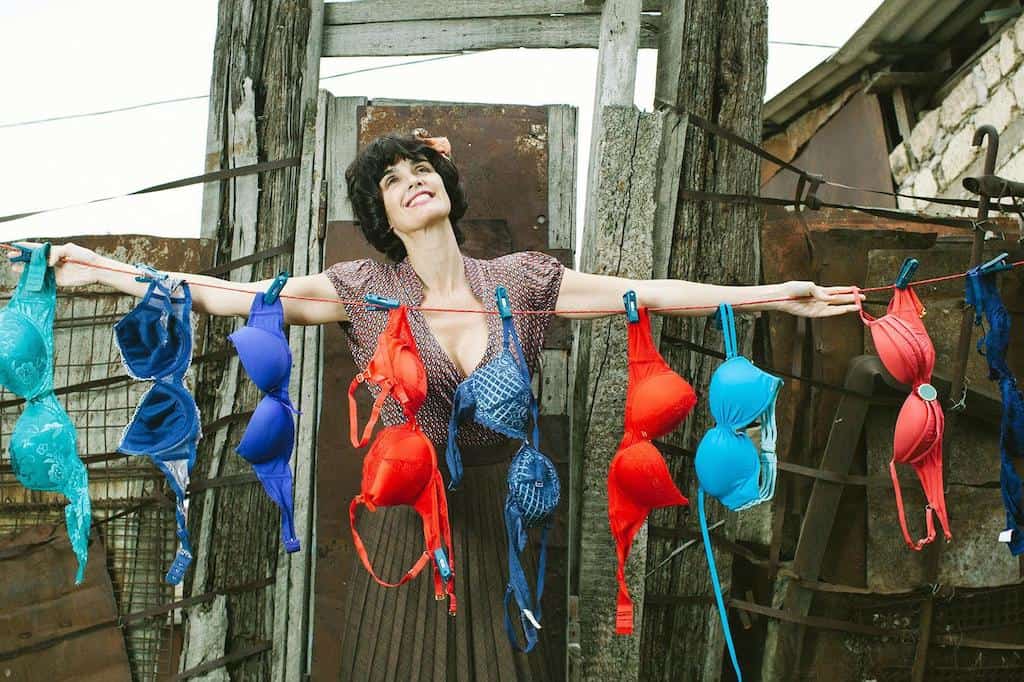CARRIE STEELE loves her inner-city Auckland apartment and explains why it’s an underrated, undervalued lifestyle that’s both green and community-oriented.
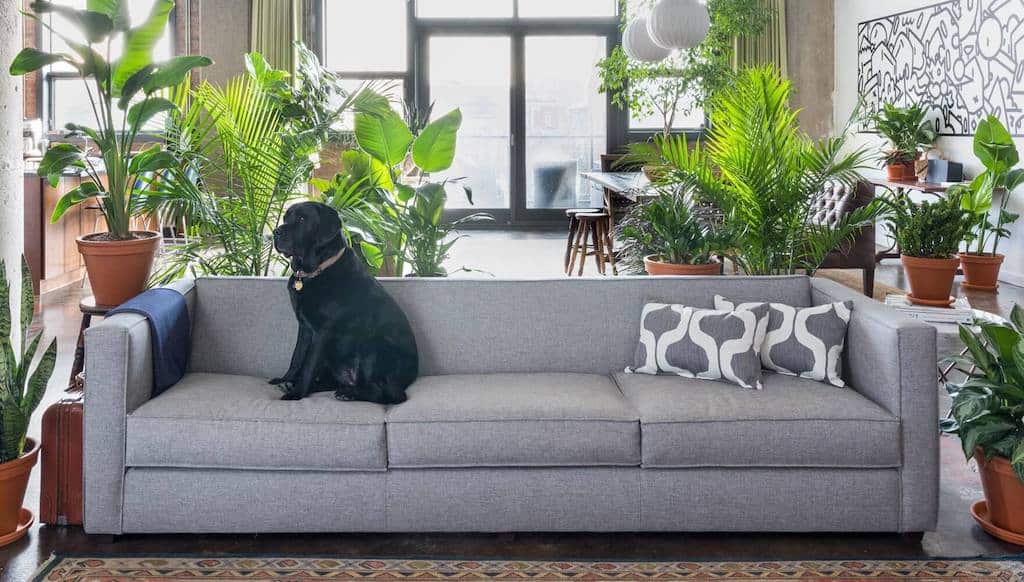
There’s a 64-tonne crane sitting across the road from my apartment building. I don’t mind a bit, it’s not bothersome, it’s there to do a job.
On a lazy Sunday afternoon, I’m sitting in my third floor suburban-CBD apartment while the world goes on outside down on the street; not much of the world, I’ve counted just 10 people, but there are a lot of parked cars, and there are buses.
Buses are good. The last one that went by had at least half a dozen people on it. That’s a start. That’s six fewer cars. Between the hum of passing traffic, it’s quiet. Sunday-afternoon quiet – without lawnmowers, or barking dogs, or screaming children. It’s just a different kind of hum, and one I’ve come to truly love.

At a time when apartment blocks are shooting up all over the city – and certainly, in my neck of the woods – some would say I’m mad to think apartment living is ‘green’. But that’s exactly what I’m suggesting.
If we truly all agree that the dream of a home should be attainable to all, then we have to agree to one principle: that we will share space. We simply can’t go on with the notion that the only home worth having is one that sits on a plot of its own and has enough bedrooms for each child to fit a queen-size bed, and multiple living areas to fill up with stuff, and a large garage intended for parking cars, but more often than not, utilised to store more stuff.
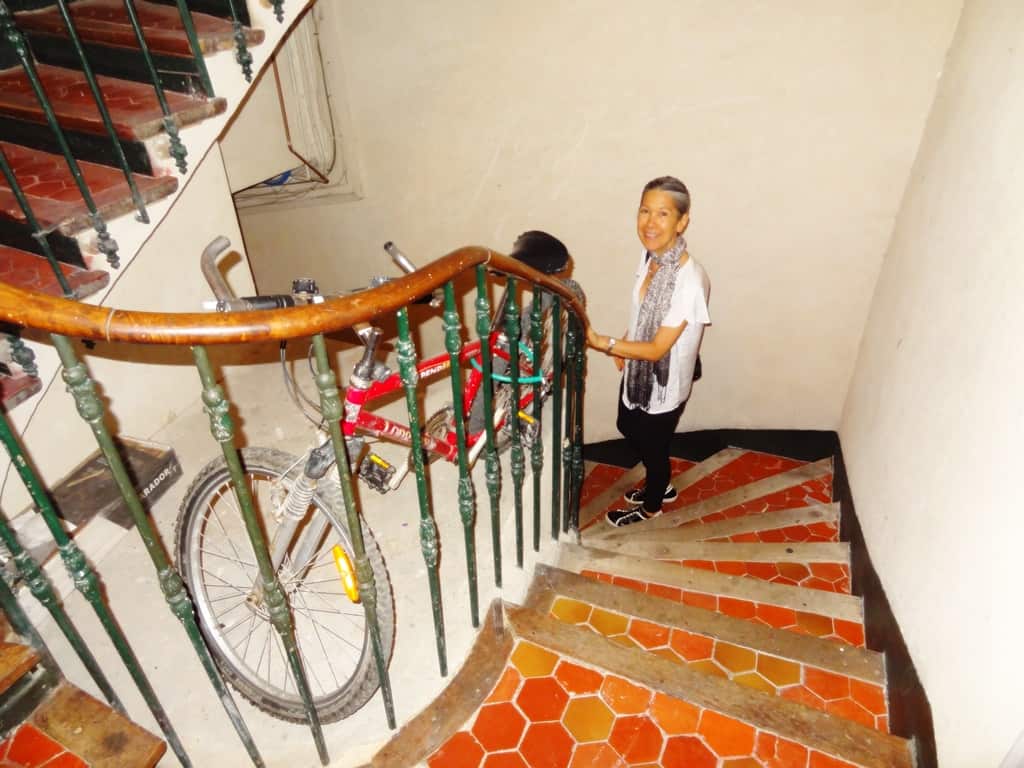
I’ve stayed in apartments in many countries around the world and seen and experienced first hand how normal this type of living is in other countries.
Apartment dwelling allows a great many more people to own a small stake in big cities, accessible not only to transport and facilities like shops, schools, museums, libraries and parks, but to the most amazing natural features, such as lakes, rivers and mountains. In all the places I’ve stayed, I’ve had the privilege of experiencing the culture and the life force of the city, simply by opening my windows.
Yes, the spaces have often been small, but not too small to live in. Apartment dwellers in those great cities don’t just live ‘inside’, they also live ‘outside’. They go for walks and bike rides, they use the green spaces, the library, the museums and galleries. They know the fruit and vegetable vendors by name, they are faithful to each other, they are supportive of local business. They share a commonality; they are a community.
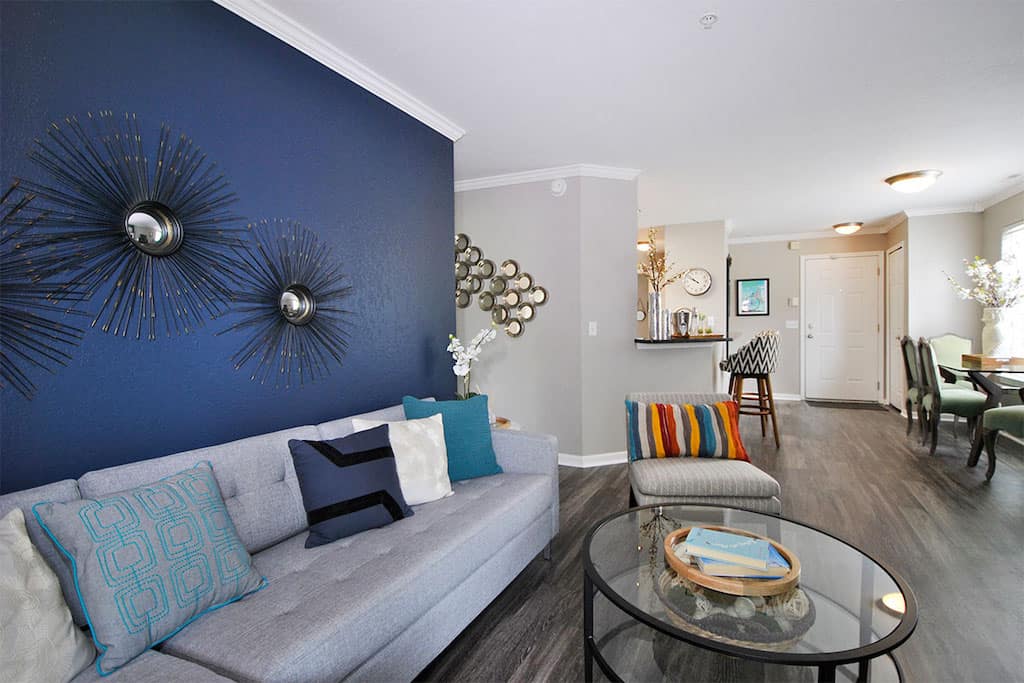
Yes, such communities exist in suburban neighbourhoods too, but not to the same extent. It’s harder to be inclusive when you’re surrounded by gates and fences and when you venture out it is behind the wheel of a car heading somewhere outside your neighbourhood. Apartment living is a condensed, more intense version of a suburban neighbourhood.
It is a pleasant thought to dream about a place in the country, a cosy cottage surrounded by green fields and the bleating of sheep. However, for most of us, this is not a practical reality. Not least of all because such a dream has become unaffordable for many, unless you leave the city far behind to pursue it.
Allowing our cities to spread even further just to house more people just doesn’t make sense, practically or economically. It also makes it virtually impossible to collectively gather any genuine and observable form of ‘community’ within a city.
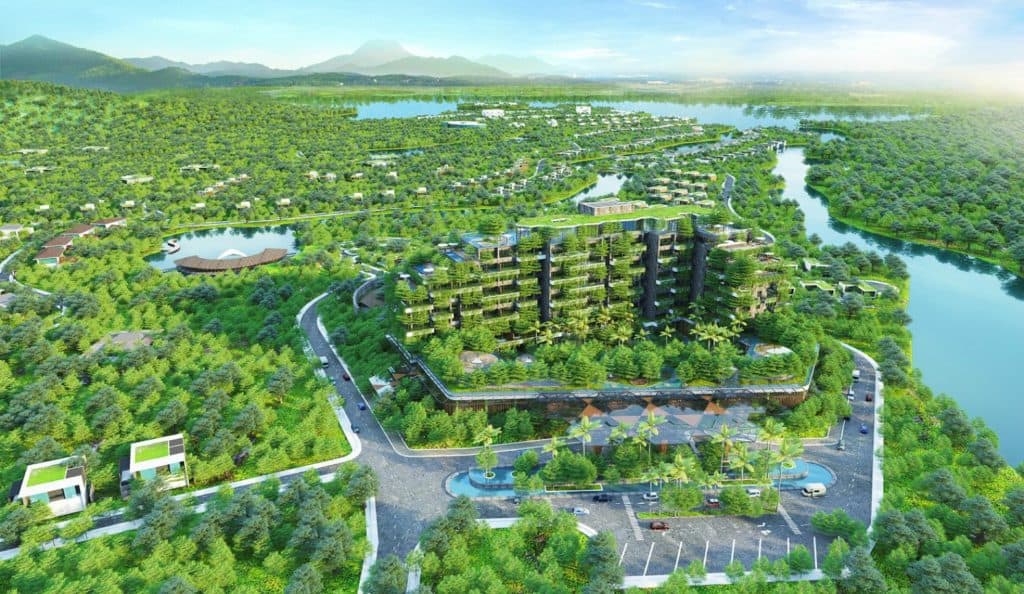
Of course, communities do exist in isolation in different areas, but it’s not the same. That does not generate the strength and solidarity that in turn makes a city a safer place to live. How can it, when everyone is separated by distance? It’s hard to feel any kind of allegiance to a place that you hardly visit – that you live on the outskirts of, that you don’t benefit directly from.
Dare I talk about New York for a moment; Manhattan to be precise. I know some people hate the place, see nothing but a noisy, dirty, overcrowded city. I see different: I see a whole world spinning around in that grid of avenues between two beautiful rivers. What I like best about the place is that there are so many people, that everyone belongs. I feel like a New Yorker, even though I’m a visitor. I feel like a New Yorker simply by being there.
To me, New York is a place that illustrates how a tightly packed city can be operational because people want to live there. Okay, I know I’ve just used the example of one of the most expensive places in the world to buy real estate but cut me some slack, it’s got to be a good example of high rise and high-density living equating to an unparalleled lifestyle, whether you or I like it or not. Frankly, I love it.

I guess it’s only fair to say that Manhattan might be too large to foster the greatest community spirit. This might be true, but even so, people live in sub-communities, each its own vessel as part of the greater beating heart.
The sheer numbers though, do make it easier to hide; as with Ming, the 500lb tiger that resided in a tower block in Harlem for years under the radar of neighbours – who surely must have been deaf and blind not to notice. Until in 2003 Ming mauled his owner, who arrived at the hospital claiming ‘dog bites’ as the cause of his injuries. Police went to his apartment expecting a pit bull, not a tiger. Turned out there was also a six-foot-long alligator there for company. Probably not a good example of a ‘close-knit community’.
Europe of course has its own unique examples of high-density living; cities and towns where throughout history, life has played out in ancient buildings so full of stories and memories that you’d think the walls could contain no more.
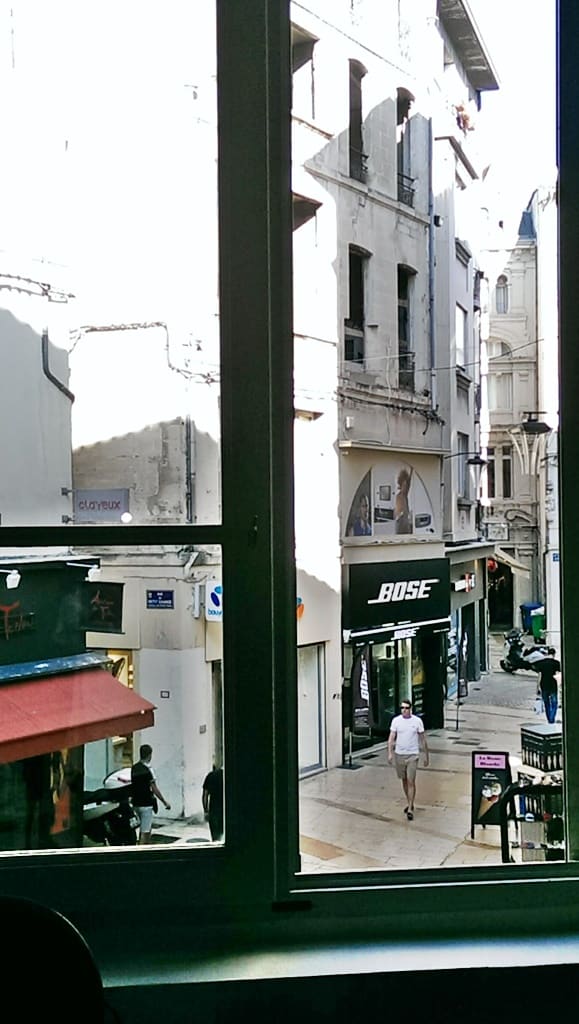
And still, life carries on; another coat of paint, another shine of the tiles, new windows to keep the drafts out, a new beginning, new endings. I’ve stayed in apartments where the original staircase remains, a few hundred years old, and stood enthralled, gazing at the timber or stone treads worn down in the middle by the feet of many into gentle, soulful curves. Communal living in shared buildings is not new, it is only new to us.
So, how is it ‘green’ though, if you’re still wondering? I’ll set out my reasons.
Apartment living is ‘green’ because it has a smaller footprint and takes less land to house a greater number of people.
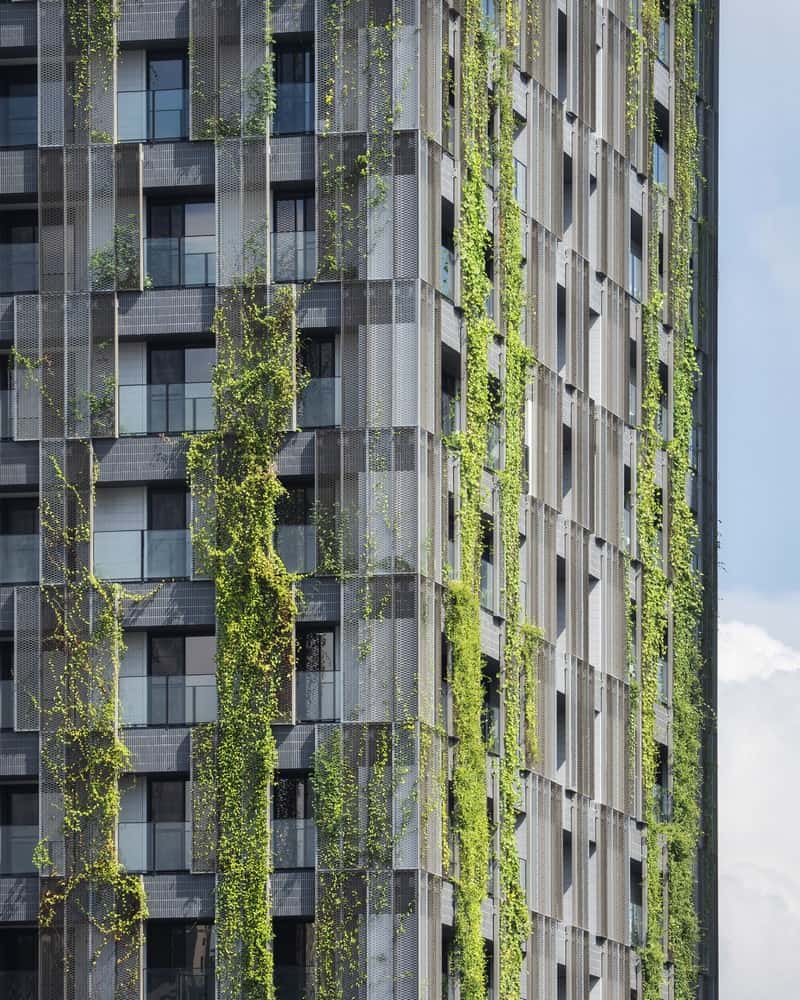
Apartment living is ‘green’ because it provides the opportunity to live close to your work. In my case, I walk to work every day. That means I don’t get my car out except at weekends, and sometimes, not even then.
Apartment living is ‘green’ because it discourages people away from the habit of accumulating too much stuff. Ideally, there is enough space, but none to waste. It’s interesting how selective you become about what to keep when you’re living in a smaller footprint. Generally speaking, it’s only the stuff that you really need and the stuff that makes your heart joyful that you choose to make space for.
Apartment living is ‘green’ because it encourages people to live in communities. Every building is like a mini-city, with life playing out behind every closed door. I don’t have personal friends as such in my building, but I know lots of people by name, and lots of others just to say hello. I know that if there was a crisis, there would be lots of doors I would feel safe to knock on and people would willingly help me.
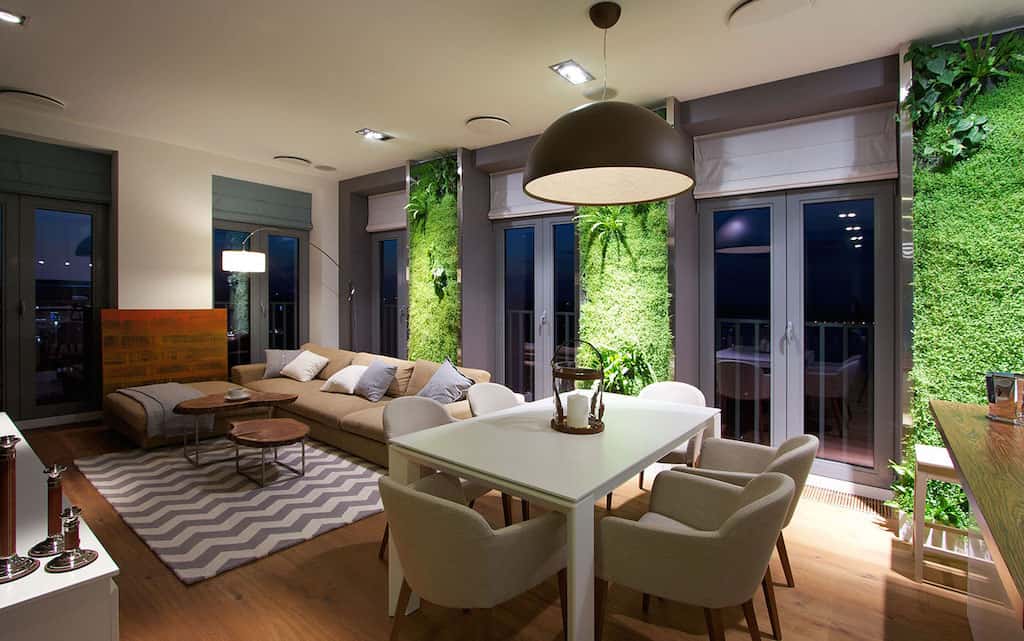
One pesky thing about apartment living is having fire drills; or more precisely the odd ‘false alarm’. Fortunately, these don’t happen very often, but when they do, it’s like a social event, because you get to catch up with people you may not have seen for a while. I’ve stood on the street at 2am in the gentle rain in my pyjamas, and hardly noticed the time (or the rain) because there are people to chat to. That’s a community.
For many people, the connotations of apartment living are still negative. They envisage pokey, overcrowded spaces where no one would choose to live: shoebox apartments with barely enough room to stretch your arms and take off a sweater. I would be the first to say that regulations to build apartment blocks need to make sure that developers adhere to some basic principles around issues such as minimum size, light and aspect, temperature and sound control. However, I think that most modern apartment blocks do live up to these expectations.
Issues around car parking are still in contention. On the one hand, I think if not having a parking space encourages someone to not have a car, that’s fine. But on the other hand, not having a carpark and then needing to park on the street is not going to work well over the long term.
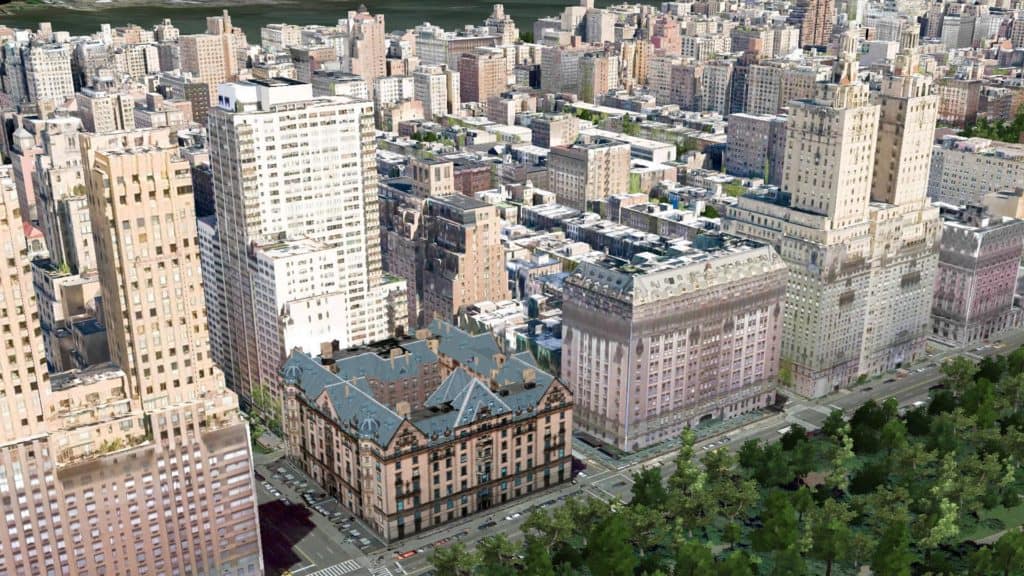
Then it becomes a question of how fast can we change mindsets? Probably not this quickly. Apartments are also not usually attainable for first home buyers for several reasons; another factor that needs addressing. But we’re talking here about changing the mindset in general, not trying to solve all the problems in one scoop.
If our aim is for it to be attainable for everyone to buy a home if they want to, then we have to use the word ‘enough’, as the benchmark. Yes, apartment living needs to provide comfortable spaces for the practicalities of life to occur. But there are also things that aren’t essential, expectations that have become the norm for those of us with ‘more’ rather than ‘less’; those of us for whom ‘enough’ is not that.
Back to my crane. Ironically, it’s there to build a carpark. Five stories of parking to replace the one layer that was there before. You see, the same people who think it’s simply awful that apartment buildings are popping up around here want to come to town to shop, eat, visit the beach, use the library, go to the theatre, and more. But they want to drive here, from big houses in outlying suburbs.
Not me though. I’m happy with my lot, here in my little nest, watching the rain this afternoon, and wondering if the crane driver will be working tomorrow. In which case I’ll hear the throaty purr of his motorcycle when he arrives in the morning; refreshed and ready to climb his tower.








